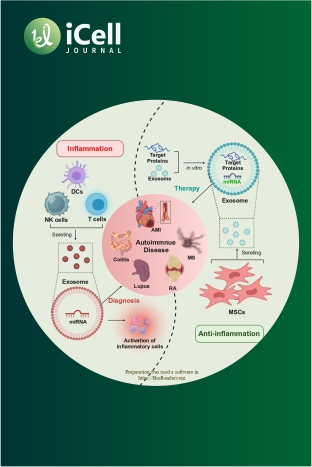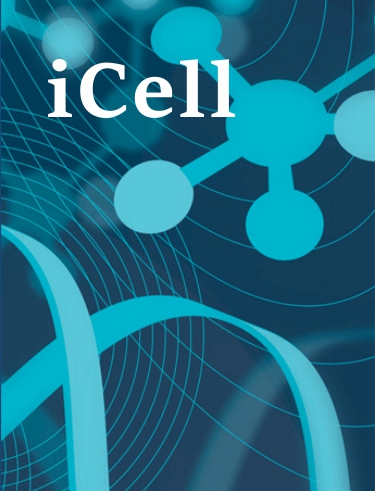From Virtual Cell Challenge to Virtual Organs: Navigating the Deep Waters of Medical AI Models
DOI:
https://doi.org/10.71373/IQHA9494Keywords:
Virtual Cells; Virtual Organs; Medical AI Models; Digital TwinsAbstract
Recent advances in single-cell profiling and artificial intelligence have enabled the construction of virtual cells, computational entities that simulate cellular states and responses with unprecedented resolution. Initiatives such as the Virtual Cell World Challenge highlight the potential of large AI models to move beyond annotation toward predictive and generative simulations. Yet, the next frontier lies in scaling from virtual cells to virtual organs, where thousands of cell types interact across spatial, temporal, and biophysical dimensions. This transition exposes major challenges: incomplete cellular atlases, limited integration of spatial and longitudinal data, difficulties in cross-scale modeling, and the lack of robust validation frameworks. Addressing these obstacles requires embedding biological priors into foundation models, developing multi-modal integration strategies, and adopting graph-based and hybrid mechanistic-statistical approaches. The emergence of digital twins--organ- or patient-specific replicas--illustrates how virtual organ models can inform drug discovery, predict toxicity, and guide precision medicine. Ultimately, the trajectory from virtual cells to virtual organs points toward the vision of a virtual human, enabling in silico experimentation at scale. Realizing this goal will demand not only technical breakthroughs but also collaborative validation, ensuring that medical AI navigates these deep waters toward safe and transformative clinical application.


